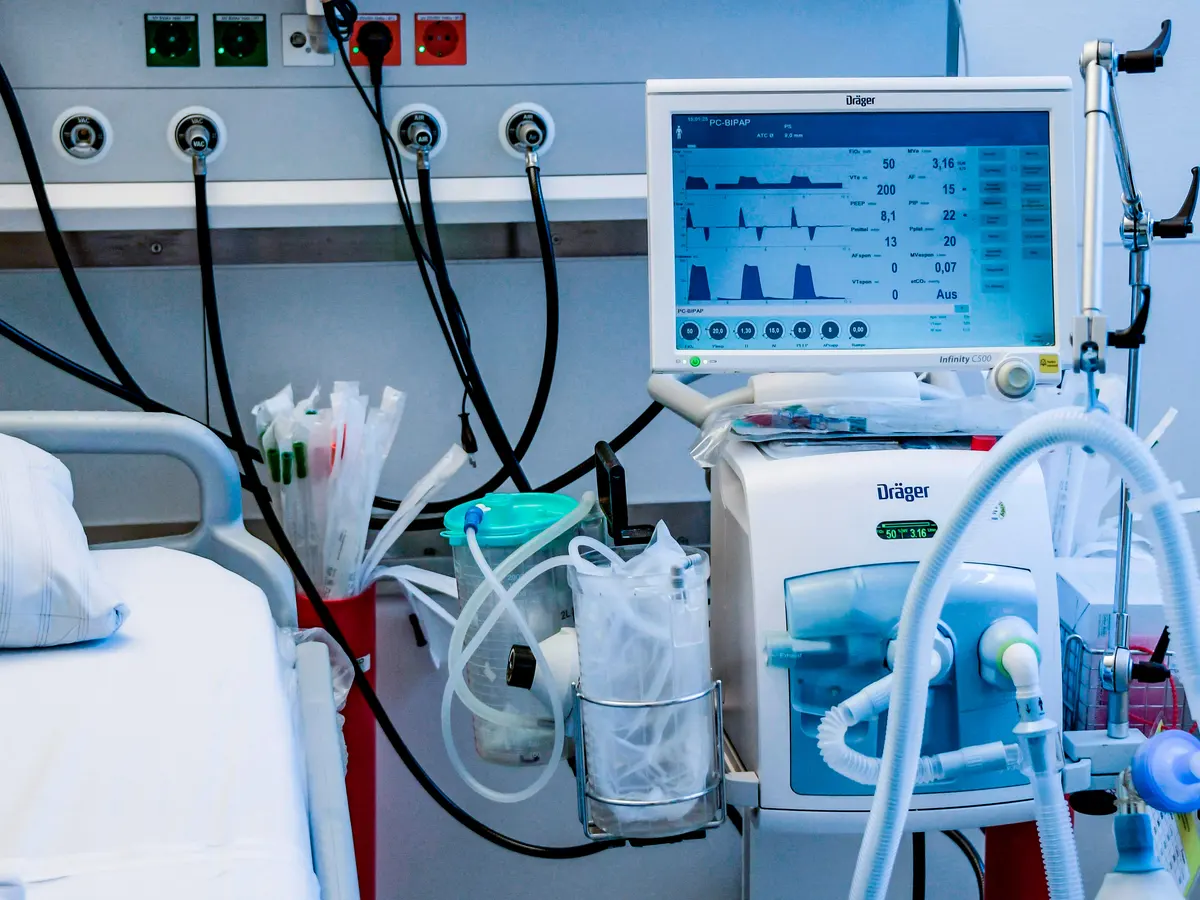Mechanical long-term ventilators are the machines that control the breathing of a person without the intervention of the natural breathing process. Doctors typically employ such artificial breathing machines when the patient is unable to breathe naturally. Mechanical ventilators pump air in the lungs of a person with the use of a tube that passes through the throat down the trachea. Ventilators are designed to control humidity, pressure, temperature and volume of air in order to control breathing and maintain desired oxygen level of the patient.
Basic Components of Long-Term Ventilators
In simple construction long-term ventilators consist of compressible air turbine, humidifier, oxygen supplies, set of tubes and a disposable patient circuit. Air turbine is the part of machine that delivers room air or the blended oxygen, mixture of air and oxygen, to the patient with the use of set of tubes attached to the machine and patient circuit that passes down to the trachea via throat of the patient. Humidifier becomes a must have component in case of invasive ventilation to avoid dryness. Modern long-term ventilators also contain an electronic circuit to automate the process of adaptation of flow and pressure as per the need of the patient.
Advanced Features of Long-Term Ventilators
Alarm Triggers
Mechanical ventilators are lifesaving systems but the failure or inefficiency of this system may also threaten the life of the patient. This is the reason different alarm systems are installed in ventilators which trigger in case of any failure or malfunctioning so that patients do not have to suffer loss. General alarm triggers added in long-term ventilators are
Power Alarms that report low battery, electrical power failure or inappropriate gas pressure.
Control Error Trigger that notifies system control errors or failure like incompatible ventilator setting, failure of turbine fan or circuit cooler or system’s inability to provide gas supply.
Output Alarms that show the variation in volume and pressure of air, flow rate and respiratory rate.
These controls are manageable by nurses and respiratory therapist. That’s why medical staff is properly educated to control these functions and respond properly.
Automated Safety Feature
A little negligence on the part of the attendant of ventilated patient can lead to severe consequences ranging from complete failure of respiratory system to sudden death. Keeping in mind the safety of the patients, ventilating machines are equipped with some hard-coded safety feature, that can neither be changed nor turned off, to handle critical events. Two basic and more desirable automated safety features are presence of pressure-relief vent and anti-asphyxia valve.
Pressure-relief vent is a handy valve which is designed to release circuit gas in to the surrounding air in case inspiratory pressures is reached to a certain hike.
Anti-asphyxia valve, as its name suggests, saves patient to suffocate in case the ventilator is out of oxygen supply. This valve allows patients to inhale room air if ventilator suddenly stops working.
Other Features
Being a life-saving system, mechanical ventilators must continue working properly and continuously. Ventilators are equipped with backup batteries to avoid system failure in the absence of power supply. Backup batteries though can’t provide backup for longer outage but can help in maintaining oxygen supply for brief power loss. Long-term ventilating systems are also equipped with air compressors, gas tanks and manual back up mechanism to ensure supply of oxygen to the patients in case of defective or non-supply of gas.


